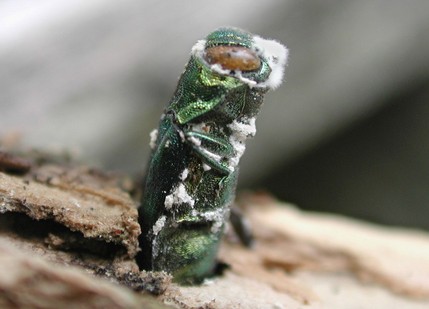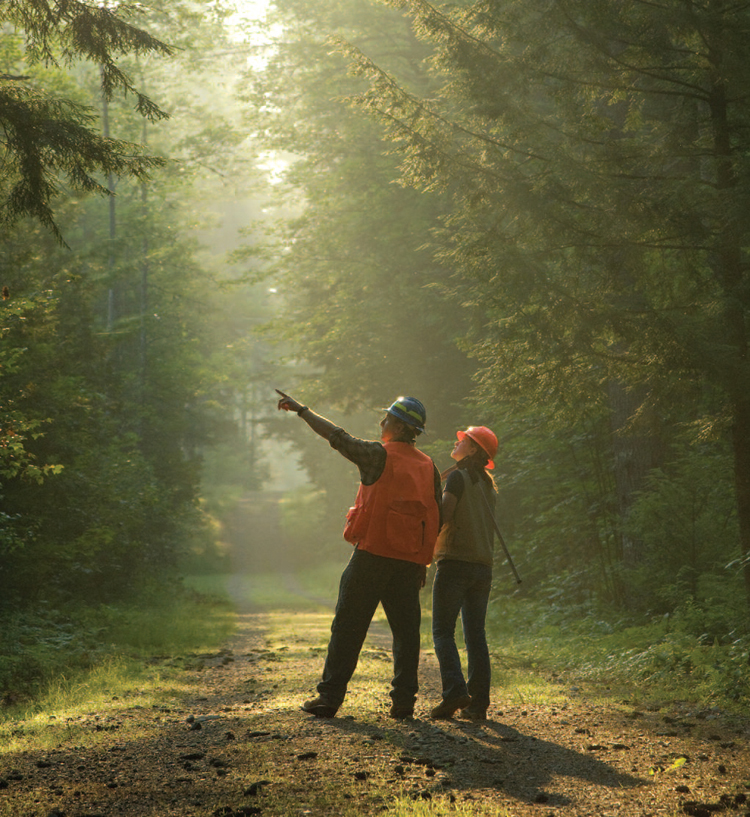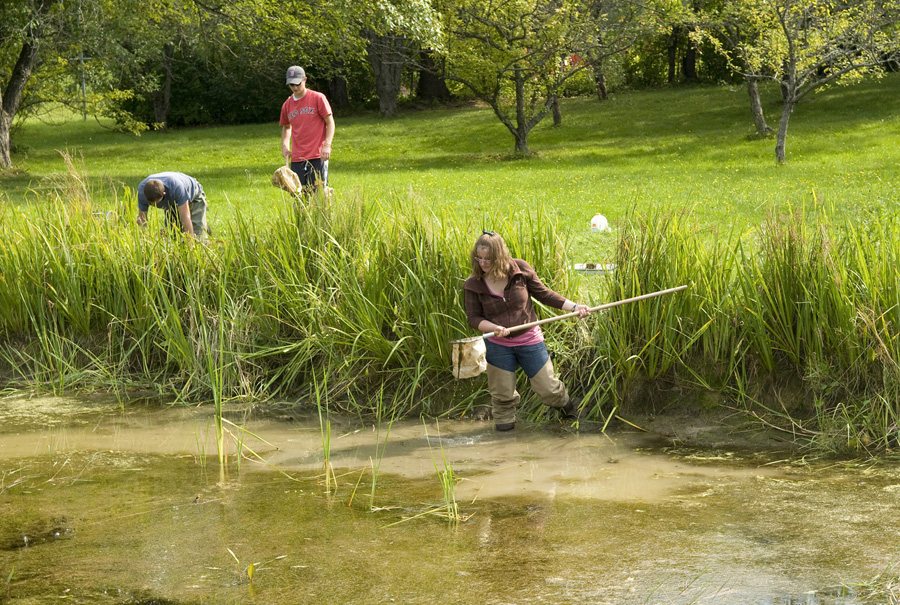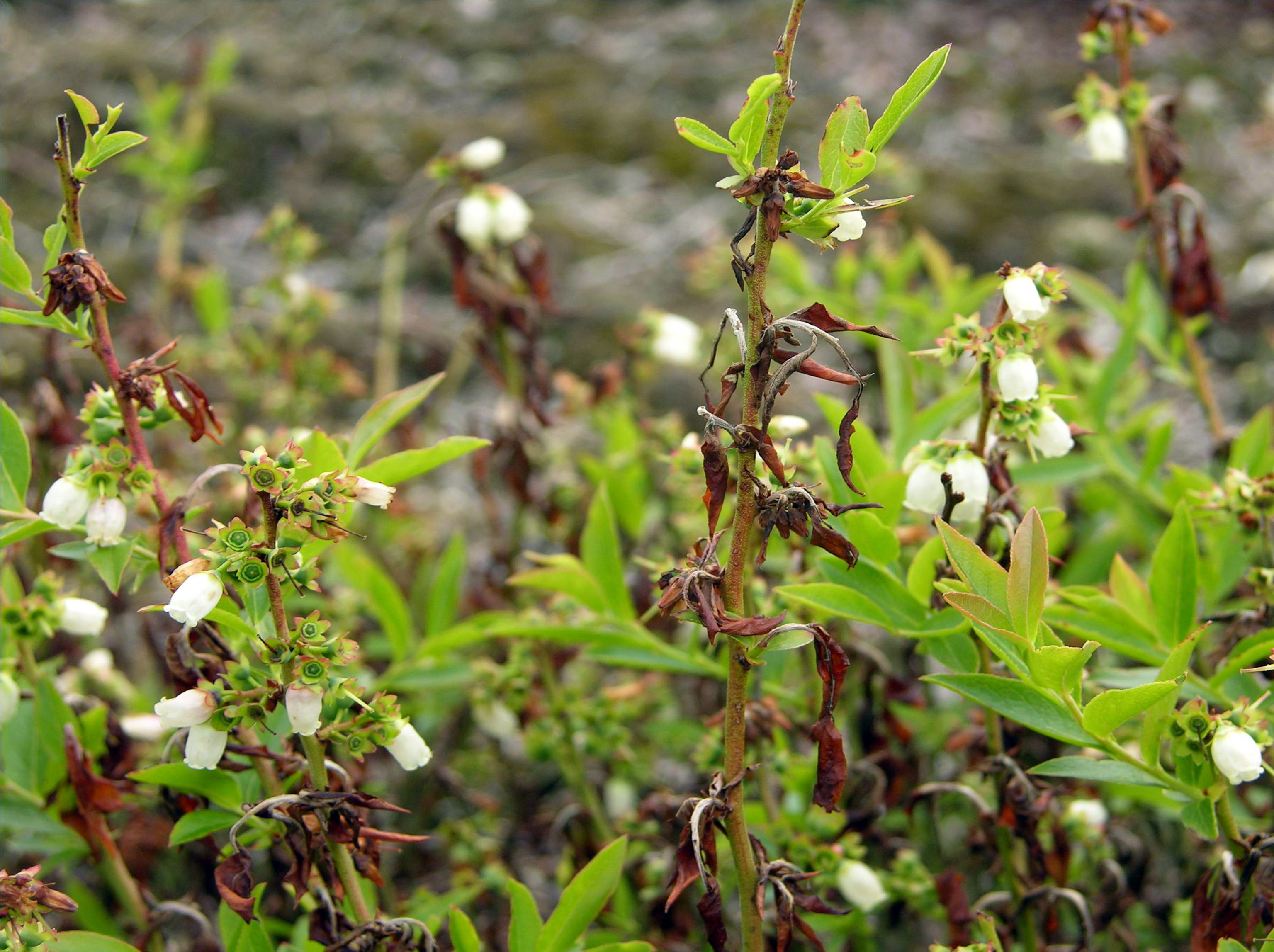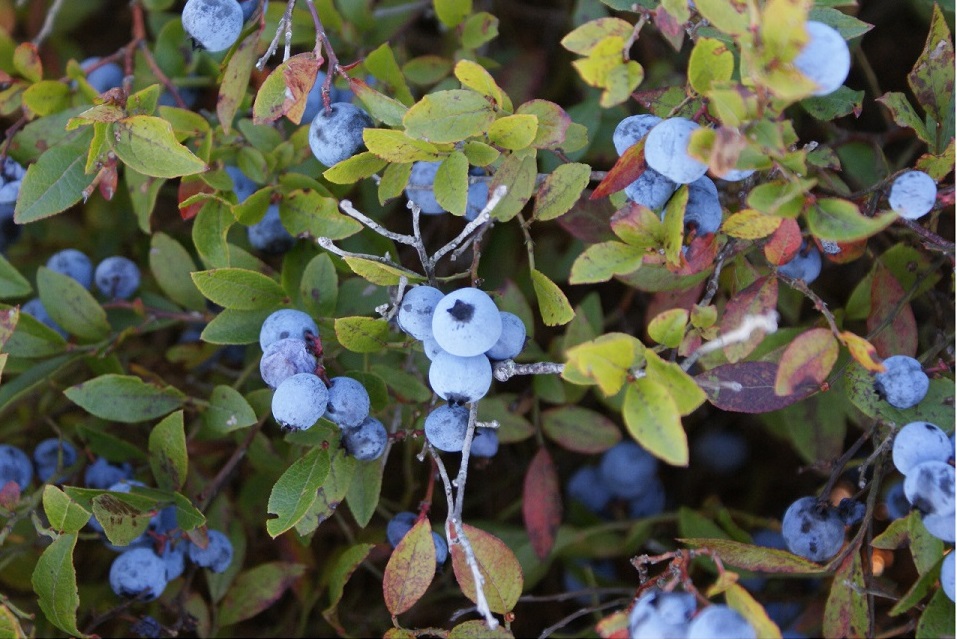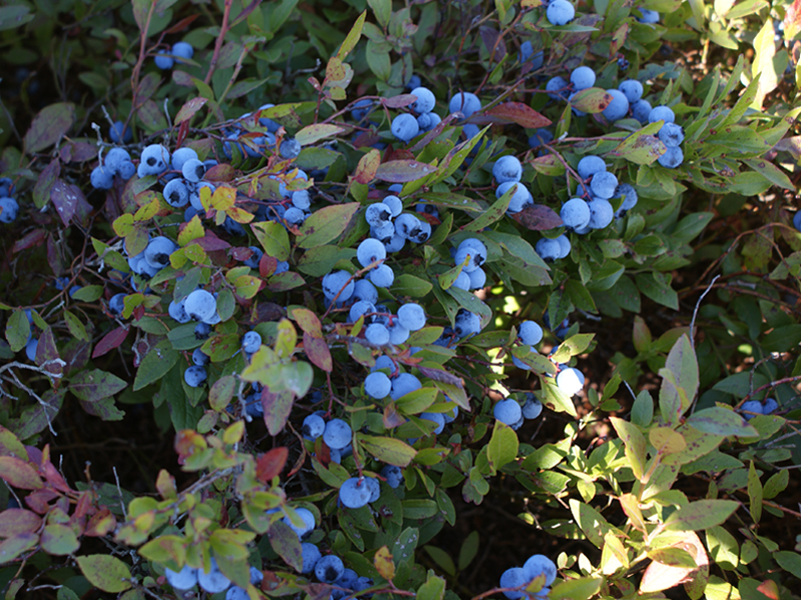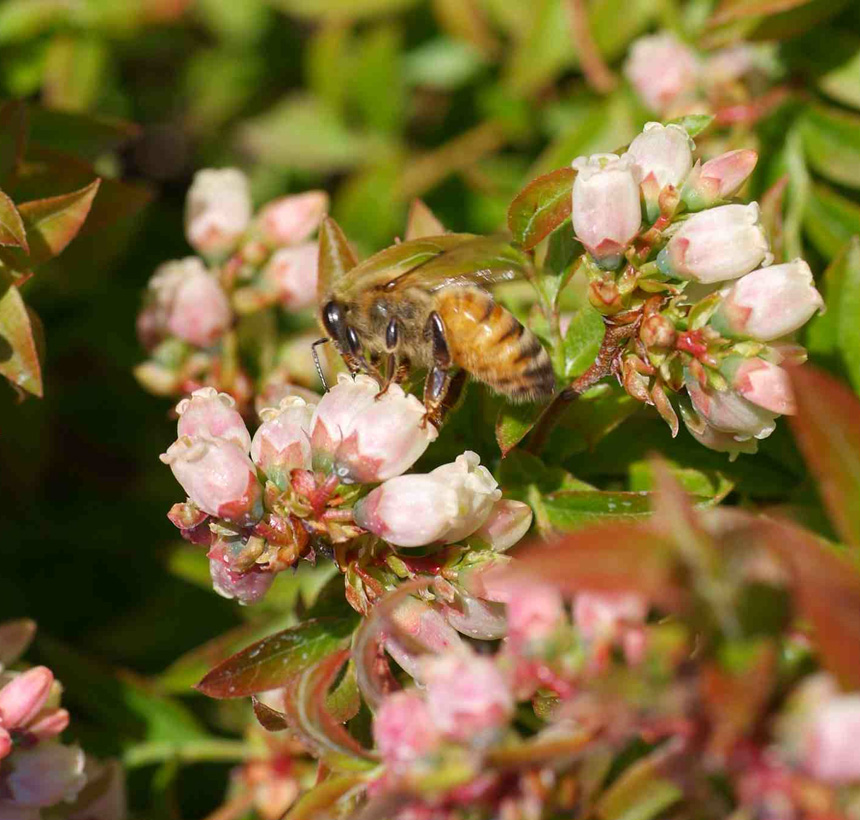Tree diebacks, declines, and management prioritization
The highest priority for study at this time involves the impending introduction of the Emerald ash borer (Agrilus planipennis). Due to limited resources, management activities often need to be deployed differentially to reduce EAB-induced impacts in high-value areas and unique ecosystems. Basket-quality black ash stands are an example of an under-studied, unique ecosystem with high-value […]
Read more
